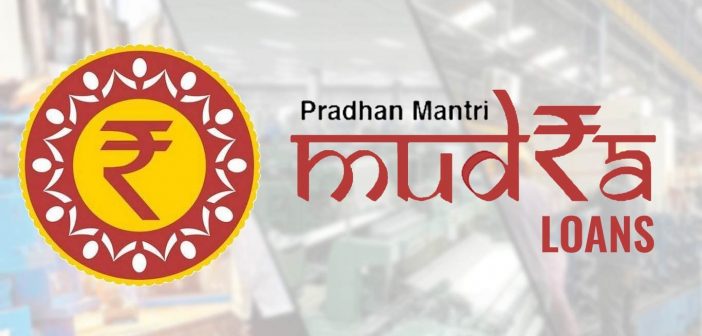The Pradhan Mantri Mudra Yojana (PMMY), launched in 2015, was aimed at providing easy access to credit for micro, small, and medium enterprises (MSMEs) to foster entrepreneurship in India. However, despite its ambitious goals, the Mudra scheme has seen limited uptake, particularly from small businesses and first-time entrepreneurs. Several factors contribute to the lukewarm response, even though the program offers collateral-free loans and is designed to empower non-corporate, informal small businesses.
Key Reasons for Limited Uptake of Mudra Loans
- Lack of Awareness and Financial Literacy
One of the primary challenges is the lack of awareness among potential beneficiaries, particularly in rural and semi-urban areas. Many small business owners, especially in informal sectors, are either unaware of the Mudra scheme or lack sufficient understanding of how to access it. While efforts have been made to promote the scheme, the penetration of information, particularly in marginalized areas, remains inadequate. Moreover, financial literacy among small business owners is still a challenge, making them hesitant to engage with formal banking channels or credit schemes. - Stringent Documentation and Bureaucratic Barriers
Despite being advertised as a hassle-free, collateral-free loan scheme, many applicants face bureaucratic hurdles. Financial institutions often demand extensive documentation, including proof of income, business plans, and tax records, which many informal businesses lack. The complexity of the application process and the perceived difficulties in obtaining approvals discourage many small business owners from pursuing Mudra loans. - Perception of Risk by Lenders
Banks and lending institutions are often reluctant to disburse Mudra loans due to the perceived risk of lending to small, informal businesses with no credit history. While the Mudra scheme is government-backed, it does not fully compensate for potential defaults, making lenders cautious about approving loans, especially in the Shishu category (loans up to ₹50,000). This risk-aversion from lenders results in delayed or denied loan applications, creating a bottleneck for businesses looking for quick capital. - Low Return on Investment (ROI) for Lenders
Mudra loans, particularly in the smaller categories, do not generate substantial interest income for banks. The low interest rates and caps on the amount of capital lendable under the scheme make these loans less profitable compared to other lending instruments. As a result, banks often prioritize higher-value loans over Mudra loans, contributing to fewer loan disbursals under this scheme. - Challenges in Repayment and Fear of Debt
Many small business owners, especially those new to entrepreneurship, are wary of taking on debt due to fears of repayment difficulties. Businesses in the informal sector often face irregular cash flows, making it hard to adhere to a structured loan repayment schedule. The lack of financial discipline and the fear of defaulting discourage small businesses from applying for Mudra loans. Additionally, there are concerns about penal actions in the case of defaults, which further adds to the reluctance. - Limited Support and Mentorship
Access to finance is only one aspect of supporting entrepreneurship. Many small businesses need guidance on how to effectively use the funds to grow their enterprises. The Mudra scheme, while providing loans, does not offer adequate mentorship or business advisory services, leaving many new entrepreneurs without the necessary support to navigate challenges. This gap results in businesses either not applying for loans or mismanaging the funds they receive, which discourages future borrowers. - Mismatch Between Loan Amount and Business Needs
For many MSMEs, the loan amounts provided under the Mudra scheme, particularly in the Shishu and Kishore categories, are insufficient to meet their capital requirements. The ₹50,000 limit in the Shishu category and ₹5 lakh limit in the Kishore category often fall short for businesses looking to make significant investments in infrastructure, technology, or inventory. As a result, entrepreneurs might turn to other forms of credit or even informal lending channels, where they can access larger sums. - Slow Disbursal and Delays
Even when loans are approved, there are often delays in the actual disbursal of funds. The bureaucratic process within many banks slows down the loan approval and disbursement timelines, making the Mudra scheme less attractive to businesses needing quick access to capital. For small businesses operating on tight margins or facing urgent financial needs, these delays can be detrimental, leading them to explore other, faster credit options.
Conclusion
While the Mudra scheme was launched with the noble intention of providing easy access to credit for small businesses, several challenges have hindered its broader adoption. Lack of awareness, bureaucratic hurdles, perceived risk from lenders, and insufficient support mechanisms are among the key factors that have limited the scheme’s effectiveness.






